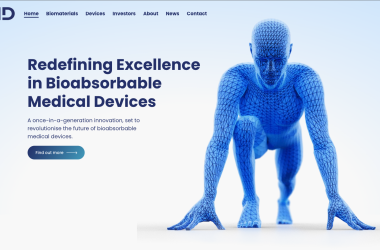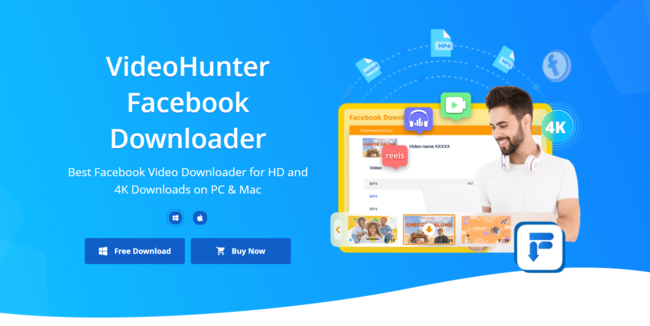Last Updated on: 19th December 2023, 04:51 pm
The internet is such a powerful and all-pervasive tool in modern life that restricted access to it can severely limit an individual’s level of interaction with the world around them. While some barriers that prevent people from being included in digital life are related to geography, politics, or the law, there are other obstacles that are more readily addressable yet easily overlooked. Digital inclusion is about providing users with everything they need to access the internet in a meaningful way and make the most of this important technology.
Who is Excluded Most Frequently from Digital Life?
There are many reasons why a person may be excluded from digital life. The availability of technology in their area based on wealth equality, the economy, and government legislation may restrict or completely deny internet access. Other, more personal factors may also be at play. These include:
• A person’s age: due to the fact that the internet is still a relatively new technology, an individual’s age could hold them back from feeling welcome or able to access digital information. A lack of education, equipment, and support exacerbates the issue.
• A person’s physical ability: the range of physical disabilities that can impact a person’s use of the internet is extremely broad. Visual and hearing impairments can make it more challenging to access particular content, while people with mobility-related disabilities may find certain websites less accessible due to their navigation options.
• A person’s learning and cognitive ability: people with learning disabilities may feel restricted from some aspects of digital life if the websites they wish to visit don’t offer alternatives to suit their access needs.
Ways Websites Can Improve
When building or redesigning a website, accessibility should not be an afterthought. If you already have a website and want to rethink its levels of accessibility, take a look at Top 5 Accessibility for more detailed information about your options. Accessibility widgets and testing tools can help you bring your website up to standard. It is important to note that guidelines are designed to make the internet more inclusive. The Web Content Accessibility Guidelines or WCAG are an excellent place to start.
Advanced Technologies
Although some advanced technologies, such as the emergent artificial intelligence, risks broadening the gap between those who can and those who cannot access the internet, there are also technologies designed to create an equal playing field. Devices and software alike can make accessing the internet so much simpler for people who are often excluded from it. Take a look at some assistive technologies that seek to improve people’s access to the internet:
• Screen readers;
• Screen magnifiers;
• Alternative keyboards;
• Specially-designed input devices;
• Color and contrast controls;
• Subtitles and captions;
The internet is a long way from being totally accessible and welcoming to all users. However, this doesn’t mean that striving for inclusion and greater accessibility is worth giving up on.When web designers and developers educate themselves on how to produce more inclusive material, that is another step towards better digital inclusion.









